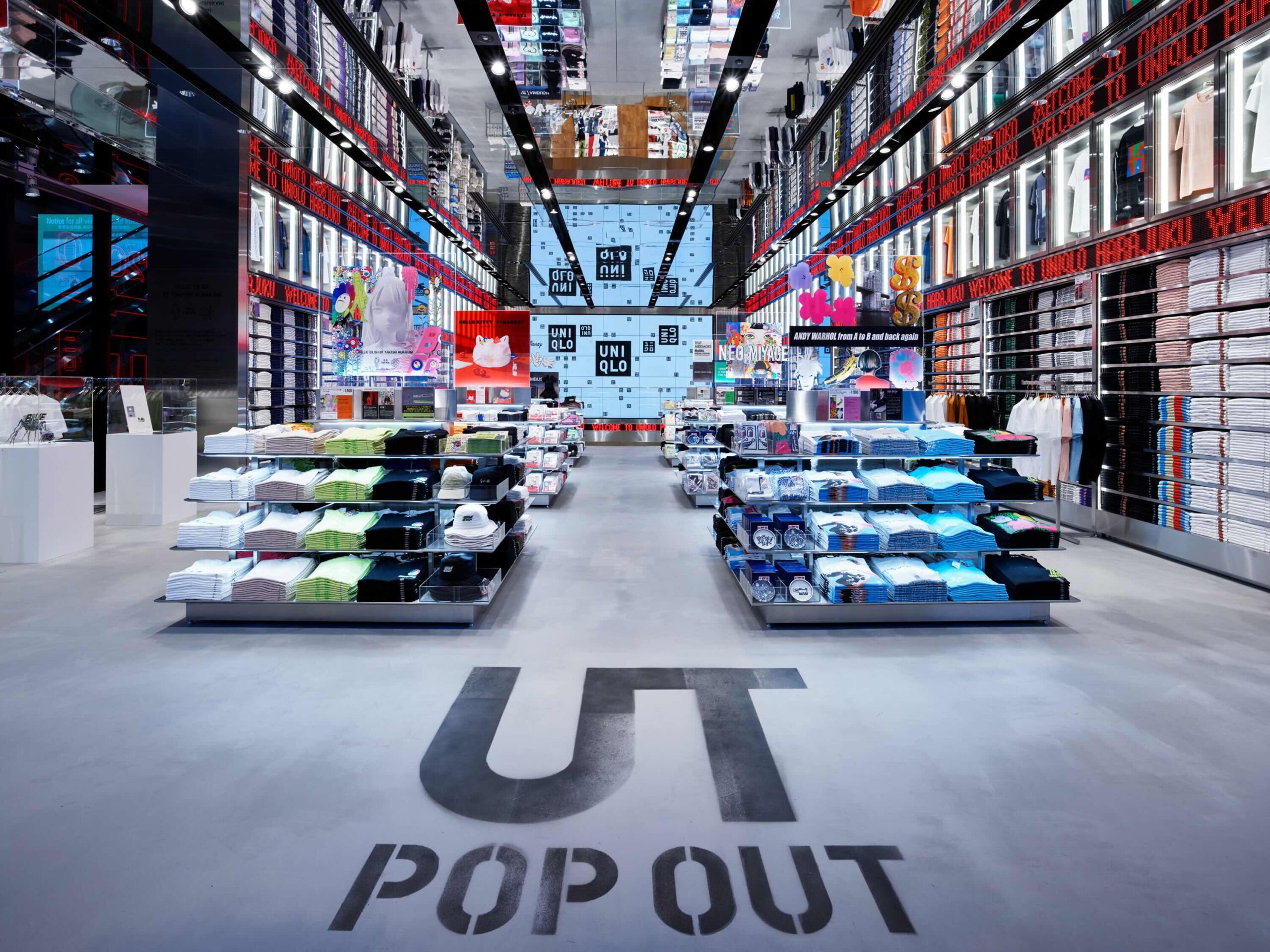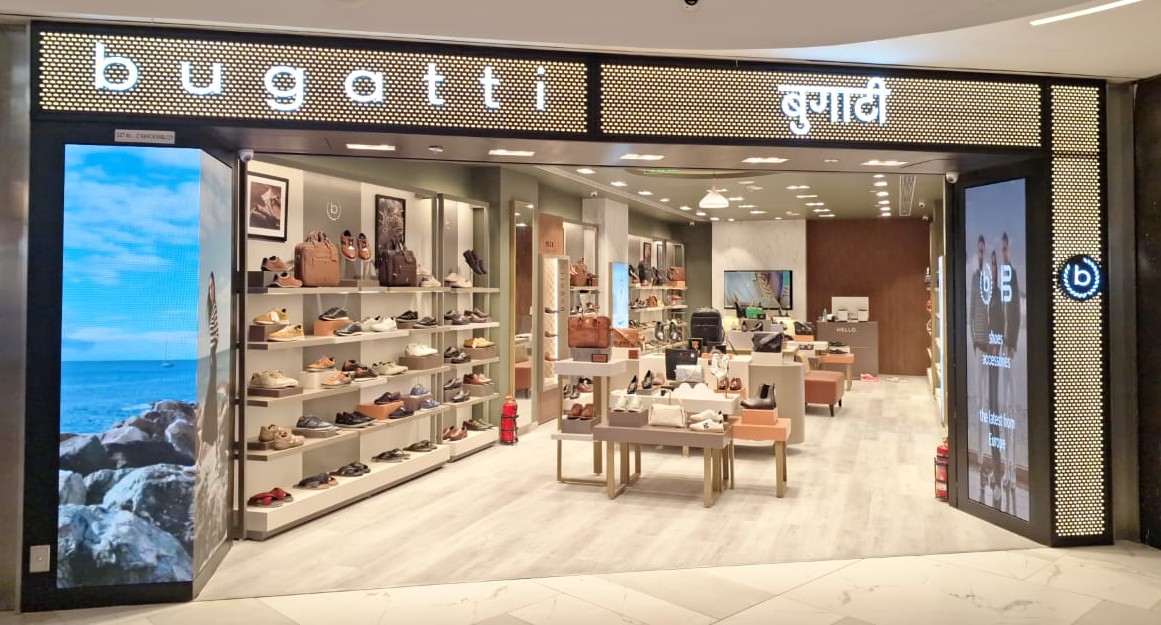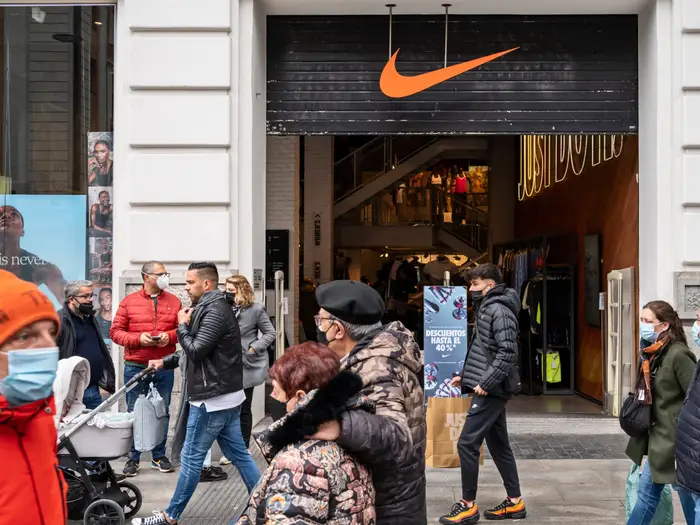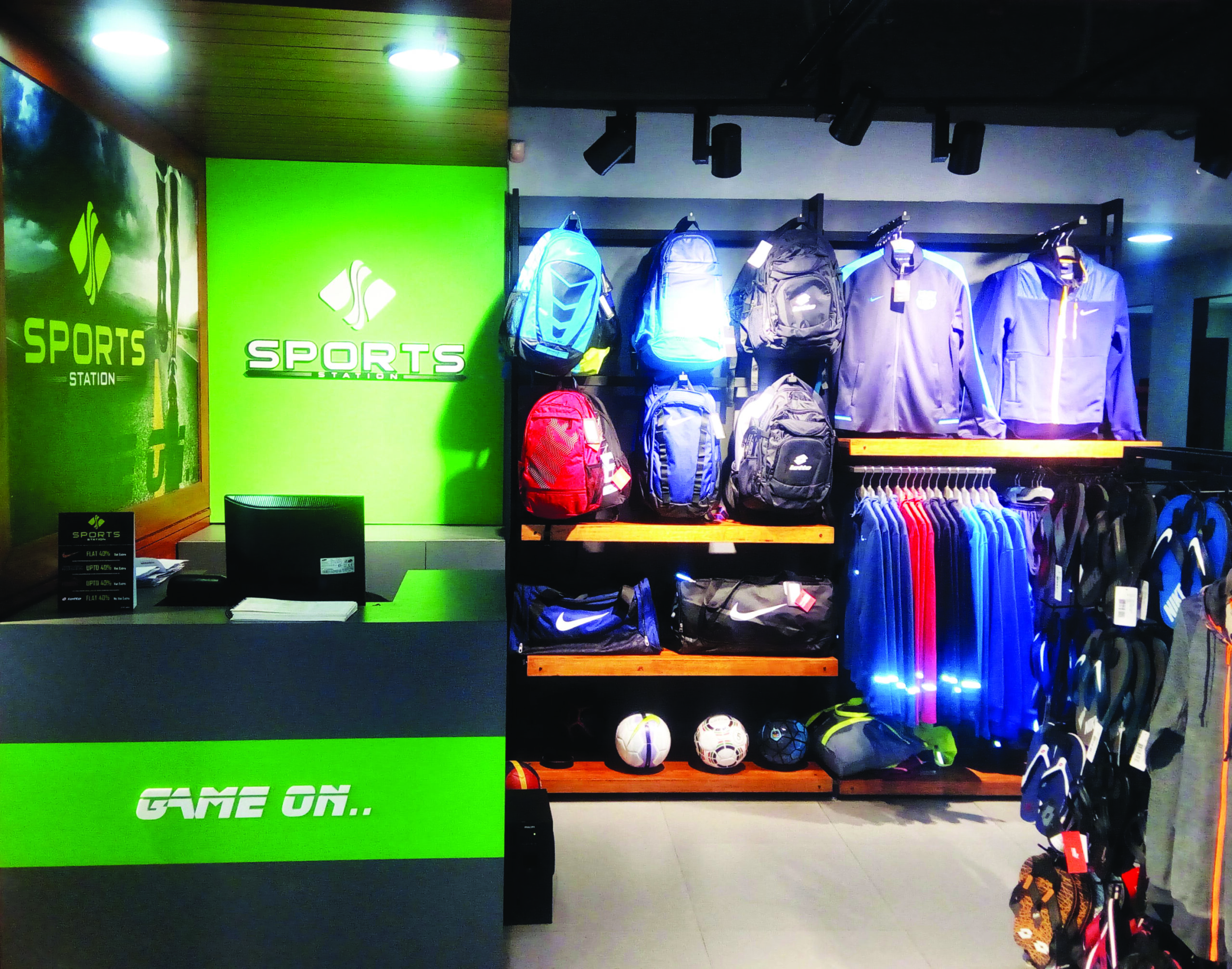Global sportswear giants like Nike and Adidas could face a major setback as the U.S. government considers imposing tariffs on Vietnamese imports, potentially shaking up their supply chains and pricing strategies.
Vietnam has become a key manufacturing hub for sports apparel, with Nike producing half of its footwear and over a quarter of its apparel in the country. Adidas, too, leans heavily on Vietnam, sourcing 39% of its shoes and 18% of its apparel from the nation. With Washington eyeing new trade barriers, companies may have to either absorb higher costs or pass them on to consumers—at a time when the industry is already grappling with economic uncertainty.
A Brewing Trade Battle
On Wednesday, U.S. President Donald Trump is set to unveil a fresh wave of tariffs, targeting nations with substantial trade surpluses with the U.S. Vietnam, which recorded a $123.5 billion surplus, is expected to be on the list. The move aligns with Trump’s broader strategy to encourage domestic production and balance trade relations, but it comes with potentially far-reaching consequences for global brands dependent on overseas manufacturing.
“If tariffs hit Vietnam, Nike and its competitors will be in a tough spot,” said Morningstar analyst David Swartz. “They’ve already shifted production away from China—now they may have to rethink their entire supply chain again.”
Impact on the Industry
Nike is already struggling to regain market share against emerging brands like On and Hoka, which are gaining traction with younger consumers. The company has been slashing prices to clear excess inventory, and further cost pressures could slow its recovery. Last month, Nike CFO Matt Friend acknowledged that revenues were expected to dip further in the next quarter.
Industry-wide, the stakes are high. Alongside Nike and Adidas, companies like Lululemon, and Columbia Sportswear, all count Vietnam as a key production base. The average U.S. tariff on Vietnamese footwear currently stands at 13.6%, while apparel imports face an 18.8% duty, according to University of Delaware professor Sheng Lu. If those rates climb significantly, profit margins could be squeezed further.
Trump’s Tariff Playbook
The anticipated tariffs are part of Trump’s broader economic agenda, which has already included 20% levies on Chinese imports and a reinstatement of 25% tariffs on steel and aluminum. His administration has hinted at a universal 20% tariff but may instead opt for a country-specific approach.
Vietnam’s Countermoves
Vietnam is not sitting idly by. Hanoi has been actively courting Washington’s favor by increasing imports of U.S. goods, lowering certain trade barriers, and even greenlighting Elon Musk’s Starlink to operate in the country. The Trump Organization has also explored lucrative real estate and golf course projects in Vietnam, which could soften the blow of any tariff hikes.
What’s Next?
For Nike, Adidas, and other sportswear leaders, the road ahead is uncertain. While shifting production to other Southeast Asian nations like Cambodia or Indonesia is an option, these countries could also be hit with tariffs. Costs in these regions are already rising, making rapid adjustments difficult.
For now, the sportswear industry is holding its breath, waiting to see just how steep the tariff hike will be—and whether consumers are willing to stomach yet another round of price increases.













